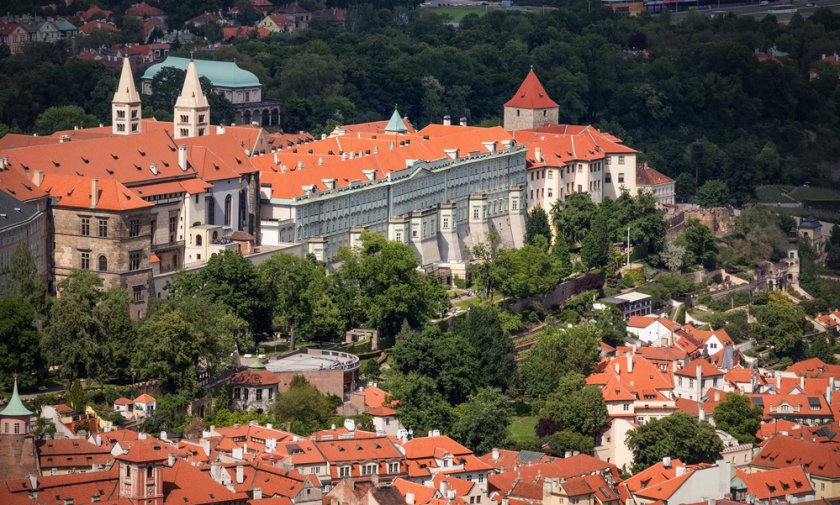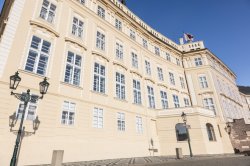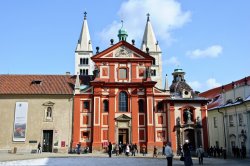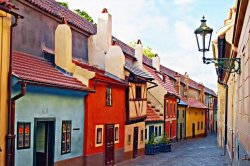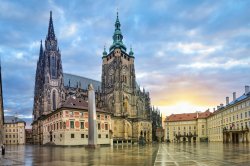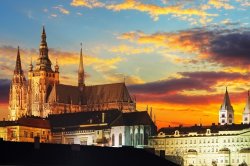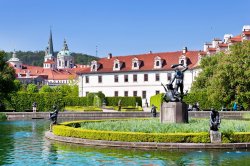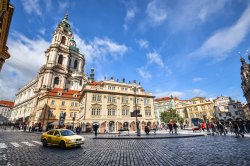Lobkowicz Palace
The Lobkowicz Palace is the only privately owned building in the Prague Castle complex, situated at the end of Jiřská Street and connected to the gate above the Old Castle Stairs. It was once the seat of one of the most powerful Catholic aristocratic families – the Lobkowiczs. The State returned the Lobkowicz Palace to the family in 2002. At present, the building houses a museum with a unique exhibition illustrating the famous Czech history. In its 22 exhibition halls, visitors can see the family collections of the Lobkowiczs, such as dining services, weapons, music manuscripts by famous composers, but also personal items of the family members. Altogether there are 2,000 exhibits in the Lobkowicz Palace, which makes it the biggest and oldest art collection owned by the original owners in the Czech Republic. Visitors can tour the building with an audio guide that was recorded by one of the family members. Classical music concerts with pieces by Bach, Vivaldi or Mozart take place in the Baroque hall of the 17th-century Lobkowicz Palace. On the ground floor is a café with a terrace, which offers a beautiful panoramic view of Prague.
Useful information for visitors
Public transport connections
Královský letohrádek tram stop
Pražský hrad tram stop
Pohořelec tram stop
Opening hours and admission
For up-to-date information about the admission fees, opening hours and concerts in the Lobkowicz Palace, click here.
Interesting facts about Lobkowicz Palace
Two Gothic houses used to stand on the site of today’s Lobkowicz Palace before it was built in the 16th century. The construction was started by Wolf Kraiger von Kraigk and finished by the Lords of Pernstein. In the 17th century, it became the property of Polyxena of Lobkowicz. Later, the Palace was reconstructed once again by Carlo Lurago. The Lobkowicz Palace has two floors – on the first floor, the Chapel of St Wenceslas and two 17-century halls have been preserved. The altar in the chapel is decorated with a painting by Petr Brandl dating back to 1723. The remains of the original wall paintings and sgraffiti are still visible in both inner courtyards.
